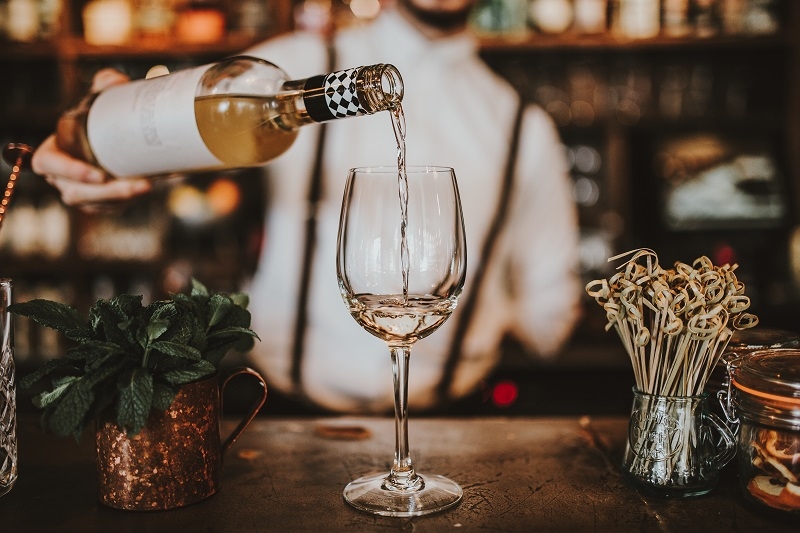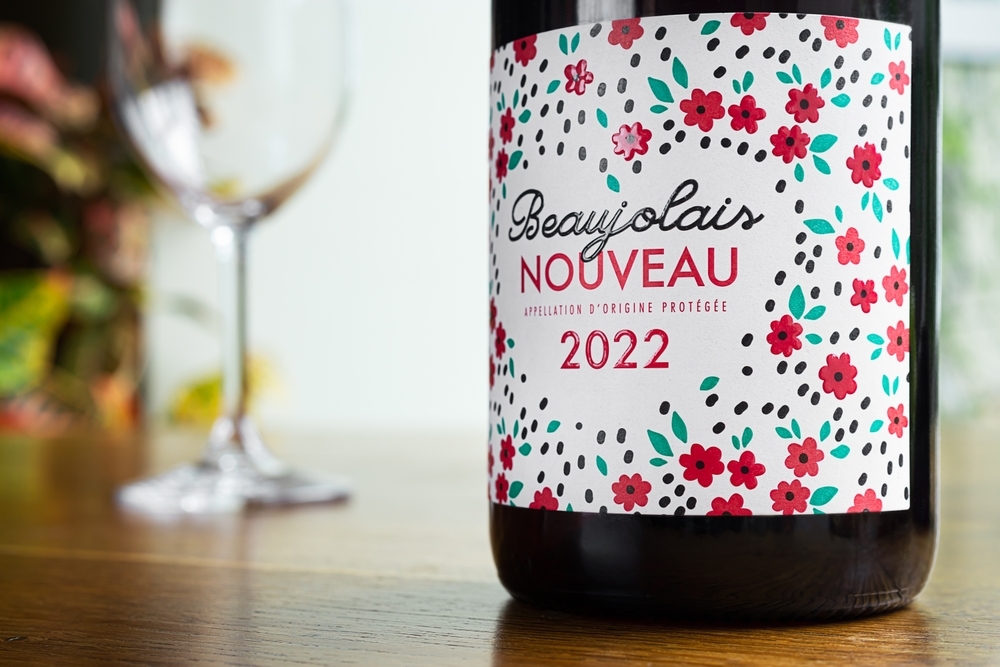Unlock the Essence of Fine Wines: Captivating Wine Regions

Wine, with its captivating flavors and intoxicating aromas, has the power to transport us to far-off lands and evoke a sense of sophistication and indulgence. Behind every bottle lies a story, and understanding the diverse wine regions of the world allows us to truly unlock the essence of fine wines. In this dynamic wine region guide, we will embark on a journey through some of the most renowned wine-producing areas, delving into their unique characteristics, grape varieties, and winemaking traditions. So, grab your glass and join us as we explore the world of wine.
What are Wine Regions?
Wine regions are geographical areas where vineyards are located and where grapes are grown and harvested to produce wine. These regions are characterized by specific climatic and geological conditions that contribute to the unique flavors, aromas, and characteristics found in the wines produced there.
Terroir:
Central to the concept of wine regions is the notion of terroir, a French term encompassing the environmental factors that influence grape cultivation and wine production. Terroir encompasses elements such as soil composition, topography, climate, sunlight exposure, rainfall, and temperature patterns. Each of these factors contributes to the distinct characteristics of wines from a particular region.
Appellations and Designations:
Many wine regions have established official appellations or designations that define and regulate wine production within their boundaries. These appellations often include specific rules and regulations regarding grape varieties, winemaking techniques, yields, and aging requirements. They aim to protect and preserve the unique identity and quality of the wines produced within the region.
Grape Varieties:

Different wine regions are known for their specialization in specific grape varieties. For example, Bordeaux in France is renowned for its production of Cabernet Sauvignon and Merlot blends, while Burgundy is celebrated for its Pinot Noir and Chardonnay. The choice of grape varieties is often influenced by the region's terroir and historical preferences, resulting in wines that showcase the region's distinct character.
Cultural and Historical Significance:
Wine regions are often steeped in rich cultural and historical significance. Many regions have centuries-old winemaking traditions, passed down through generations, that contribute to their unique winemaking styles and techniques. The cultural heritage associated with wine regions can be seen in the architecture of wineries, local festivals and events, and the overall appreciation for wine as an integral part of the region's identity.
Tourism and Wine Experiences:
Wine regions attract visitors from around the world who seek to explore and experience the wines and the regions themselves. Winery tours, tastings, and vineyard visits offer opportunities to learn about the winemaking process, engage with winemakers, and sample a diverse range of wines. Wine tourism provides an immersive experience, allowing visitors to connect with the history, culture, and landscapes of the wine regions.
Exploring Five Captivating Wine Regions
Wine, with its intricate flavors and alluring aromas, takes us on a captivating journey through the world's most renowned wine regions. Join us as we explore five distinct regions, each with its own unique charm and winemaking heritage. From the prestigious Bordeaux in France to the enchanting landscapes of Tuscany, and from the celebrated Napa Valley in California to the bold flavors of Mendoza in Argentina, our journey concludes in the picturesque region of Marlborough, New Zealand. Through this list, we invite you to uncover the essence of fine wines and immerse yourself in the rich tapestry of flavors and stories that make each region truly remarkable. So, raise your glass and let's set off on an unforgettable wine adventure.
Bordeaux, France:
We begin our journey in the prestigious Bordeaux region of France, known for its centuries-old winemaking heritage. Bordeaux boasts an unparalleled reputation for producing some of the world's finest red wines, predominantly from grape varieties such as Cabernet Sauvignon, Merlot, and Cabernet Franc. The region's diverse terroir, comprising gravelly, limestone, and clay soils, contributes to the distinct flavor profiles of Bordeaux wines that differentiate them from Californian Wines. From the elegant and age-worthy wines of the Left Bank to the softer and fruit-forward offerings from the Right Bank, Bordeaux encapsulates the artistry of winemaking.
Tuscany, Italy:

Moving south to the enchanting landscapes of Tuscany, we encounter a region synonymous with beauty and artistry. Tuscany is home to iconic wines like Chianti, Brunello di Montalcino, and Super Tuscans. Sangiovese, the dominant grape variety in Tuscany, imparts wines with vibrant acidity and flavors of cherries and herbs. The warm Mediterranean climate, combined with the region's rolling hills and diverse soils, creates the ideal environment for cultivating exceptional wines. Tuscany's dedication to tradition and quality makes it an essential stop on any wine lover's journey.
Napa Valley, California:
Crossing the Atlantic, we find ourselves in the renowned Napa Valley, nestled in the heart of California's wine country. Napa Valley's idyllic setting and Mediterranean climate make it a haven for producing world-class wines. The region is celebrated for its Cabernet Sauvignon, which thrives in its well-drained soils and enjoys long, sunny days. Napa Valley's commitment to innovation and sustainable practices has contributed to its reputation as a leading producer of high-quality, terroir-driven wines. A visit to Napa Valley offers not only exceptional wines but also breathtaking scenery and a warm, welcoming atmosphere.
Mendoza, Argentina:
Venturing to the foothills of the Andes Mountains, we arrive in Mendoza, Argentina, a region known for its bold and robust wines. Malbec, the flagship grape of Mendoza, reigns supreme here, producing full-bodied red wines with rich flavors of dark fruit and velvety tannins. The high-altitude vineyards and sunny climate create optimal conditions for grape ripening and concentration. Mendoza's winemakers skillfully craft wines that showcase the region's unique terroir, capturing the spirit of Argentina in every bottle.
Marlborough, New Zealand:
Our journey concludes in the picturesque region of Marlborough, New Zealand, famous for its vibrant Sauvignon Blanc. Marlborough's cool climate, coupled with its distinctive soil types, results in wines with pronounced aromatics and zesty acidity. Sauvignon Blanc from Marlborough has become a benchmark style, known for its intense passionfruit, gooseberry, and herbaceous flavors. This region's commitment to sustainable winemaking practices and its breathtaking landscapes make it an essential destination for wine enthusiasts.
Conclusion
The world of wine is a mesmerizing tapestry of flavors, aromas, and traditions, waiting to be explored and appreciated. This dynamic wine region guide has taken us on a journey through Bordeaux, Tuscany, Napa Valley, Mendoza, and Marlborough, providing a glimpse into the diverse landscapes, grape varieties, and winemaking practices that define each region.
So, raise your glass and toast to the incredible diversity and artistry of wines from around the world. Cheers to the journeys that await and the moments of joy and connection that fine wines can bring.
This content was created by AI
No keywords available



